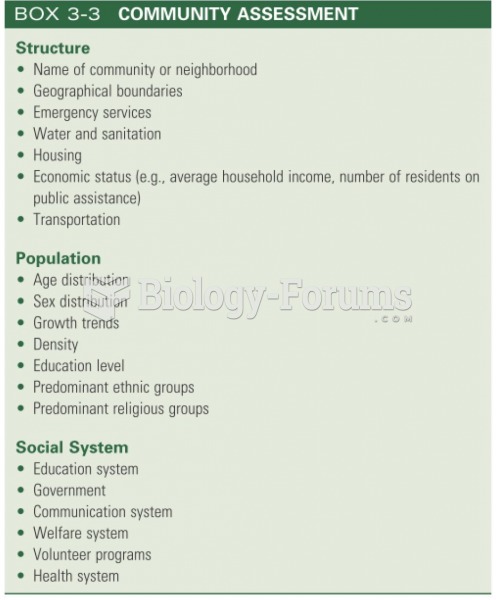|
|
|
Did you know?
There are more sensory neurons in the tongue than in any other part of the body.
Did you know?
Addicts to opiates often avoid treatment because they are afraid of withdrawal. Though unpleasant, with proper management, withdrawal is rarely fatal and passes relatively quickly.
Did you know?
Recent studies have shown that the number of medication errors increases in relation to the number of orders that are verified per pharmacist, per work shift.
Did you know?
Approximately 500,000 babies are born each year in the United States to teenage mothers.
Did you know?
About 100 new prescription or over-the-counter drugs come into the U.S. market every year.






